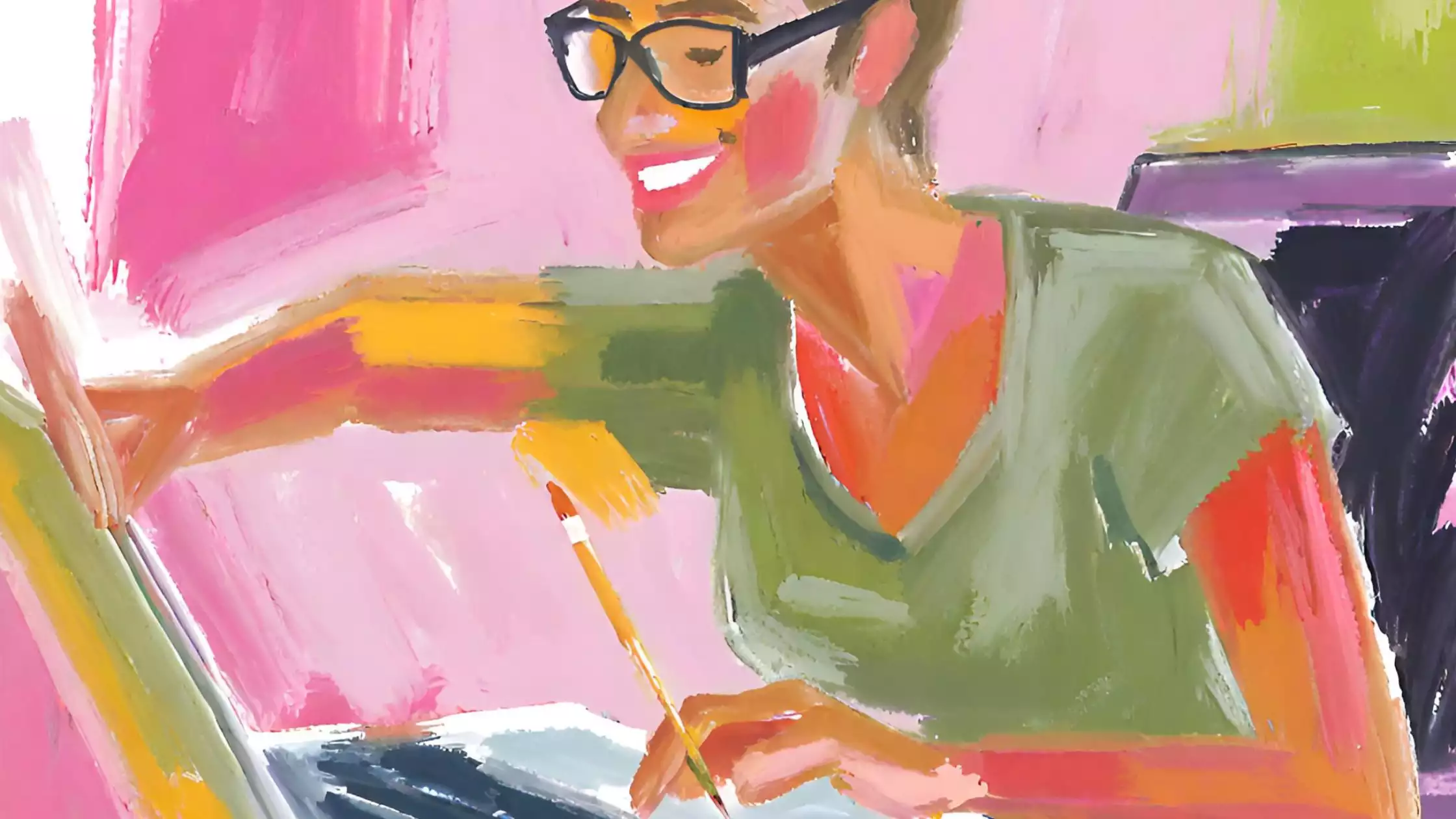Introduction
It is generally thought that engineers and artists belong in two different worlds and never the twain shall meet.
There’s also the outdated opinion that there’s a left brain that’s adept at only logical/rational/analytical thinking; and a right brain that’s only best at artistic and spontaneous tasks…and again it was thought that there is no crossover.
Hello, I am Tosca Lahiri. Thank you for the kind invitation to join you this evening.
I went to a business conference a few years ago and I was told by the speaker that I was “odd”.
I was thinking…”oh what’s she going to say next”.
She went on to say that it is unheard off in her experience to find a highly technical person who is also very artistic.
I breathed a sigh of relief that she wasn’t going to make some other rude/inappropriate comment!
My journey to being “odd” wasn’t a straight line.
The Engineering of Tosca
After delving into the world of language with a BA in English, I felt a pull towards the logical world of technology. So, I ventured to the University of Birmingham and attained a Master’s degree in Software Engineering back in 2000. Yes, I was one of the first to create websites for businesses and certainly I can’t recall meeting any female web developers.
It was an enriching experience, equipping me with the technical skills to thrive in the digital age.
Yet, the creative flame within me never truly flickered out. That’s why I decided to reignite my artistic passion and pursue a BA in Fine Art, graduating with a First Class Honours, from an Art School that was opened in the 18th Century when engineers and scientists recognized the benefits of creative approaches in their work.
This dual background in art and software engineering has become the cornerstone of my somewhat unusual career path.
Why Scotland?
Now, I find myself living the dream here in Inverclyde running two businesses:
Wicked Spider – Web design and SEO/Digital marketing – working especially with companies in the construction supply chain and ecommerce traders.
Flowerprints.co.uk & toscalahiri.com – two different arms of the same art business.
On a voluntary basis, I am a trustee of Inverclyde Shed and the Competitions Secretary for Greenock Writers Club. Since moving to Greenock I have re-learnt how to ride a bike with Inverclyde Bothy – I didn’t fall off, and started beginners sailing sessions at the Royal Gourock Yacht Club.
It’s been almost two years since I made the move to Scotland. And people still ask me “why?”
With my mother being born in Falkirk and my grandparents living in Kirkintilloch I used to come up to stay in the school holidays every year that I can remember. I felt a deep connection to my Scottish heritage and always had a yearning to live by the sea. And of course, I have some friends living in the area.
And so here I am, with the River Clyde on my doorstep and the ocean not far away.
But enough about me, let’s talk a bit more about the fascinating world where art and engineering collide!
James Watt – Engineer with a Hidden Artistic Flair
James Watt, one of Greenock’s very own claims to fame, wasn’t just the ingenious mind behind the steam engine that helped start the industrial revolution. This revolutionary feat of engineering transformed the world, but Watt’s brilliance extended beyond cogs and gears. He was also a talented sculptor with a deep appreciation for the art form. His workshop housed not only the machinery that revolutionized industry, but also a collection of sculptures!
Isambard Kingdom Brunel
James Watt wasn’t alone in his artistic and engineering endeavours. Throughout history, we see this beautiful interplay between these two seemingly separate worlds.
Take Isambard Kingdom Brunel, the visionary engineer who brought us iconic structures like the Clifton Suspension Bridge. His creations weren’t just marvels of engineering – they were also undeniably beautiful landmarks. Brunel wasn’t just an engineer – he understood the aesthetics of art and design, ensuring his bridges were not just functional but also breathtaking works of art.
Alexander Calder
Alexander Calder was a 20th-century American sculptor, although by the name I thought he was Scottish. In 1919, he received an engineering degree from Stevens Institute of Technology, Hoboken. Calder attended the Art Students League, New York, from 1923 to 1925, studying briefly with Boardman Robinson and John Sloan.
Calder’s famous mobiles, those mesmerizing hanging sculptures that sway in the breeze, are not just beautiful works of art – they also demonstrate a deep understanding of balance and movement, principles shared by engineering.
Leonardo da Vinci
And let’s not forget the giants of the Renaissance! Leonardo da Vinci, the ultimate Renaissance man, wasn’t just a painter – he was also an inventor and engineer. His understanding of anatomy and physics is what made his paintings of the human form so lifelike. He even sketched flying machines, hundreds of years before airplanes were even a dream!
Michelangelo
Michelangelo, another Renaissance master, wasn’t only a sculptor – he was also an architect and engineer. The dome of St. Peter’s Basilica in Rome is a testament to his combined artistic vision and engineering prowess.
Nicole Stott
The modern world too celebrates this fusion of art and engineering. Look at Nicole Stott, a former NASA astronaut and artist who took her artistic talents all the way to the International Space Station. Her zero-gravity paintings captured a unique perspective of our world, a blend of scientific wonder and artistic expression
Conclusion
It has taken me awhile to accept that I am odd and that there is nothing wrong with that.
If engineering in its many forms overlapped with the arts more often and weren’t separated at school level, the combined skills would surely result in more amazing and equally unexpected innovations.





